Convert 240v to 120v outlet
sousvide23
13 years ago
Related Stories
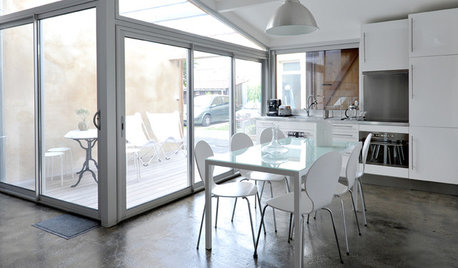
MORE ROOMSMore Living Space: Converting a Garage
5 things to consider when creating new living space in the garage
Full Story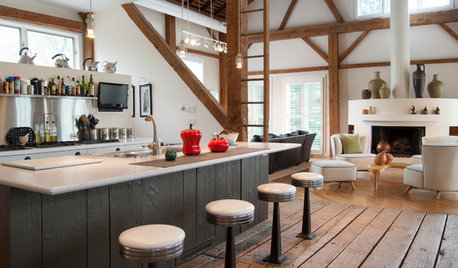
HOUZZ TOURSMy Houzz: Rustic Meets Refined in a Converted Ohio Barn
Intelligent reuse and innovative engineering create a modern family home that’s anything but typical
Full Story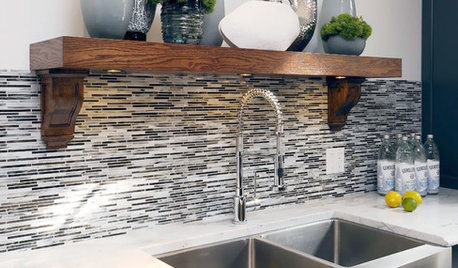
REMODELING GUIDESThe Perfect Finish for Your Tile
Bullnose? Quarter round? V-cap? Demystify trim terms and finish off your kitchen and bath tile in style
Full Story
ATTICSRoom of the Day: Quiet Moments in a Seaside Sitting Room
A converted attic offers a private retreat for a couple who enjoy hosting guests in their Delaware vacation home
Full Story
INSIDE HOUZZHow Much Does a Remodel Cost, and How Long Does It Take?
The 2016 Houzz & Home survey asked 120,000 Houzzers about their renovation projects. Here’s what they said
Full Story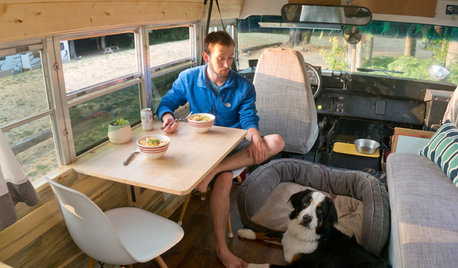
TINY HOUSESAdventure Seekers Hit the Road in a Cozy School Bus Home
Wood floors, butcher block countertops, custom furnishings and LED lights make life on the road feel like just another stylish day at home
Full Story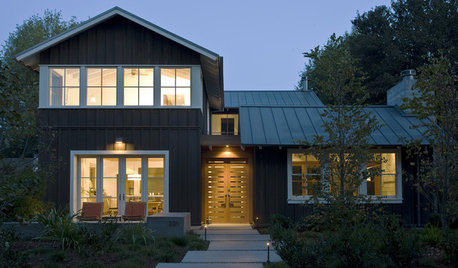
LIGHTINGHow to Choose the Right Solar Lights
Learn about different types of outdoor solar lights, where to use them and why you might want to avoid the bargain bin
Full Story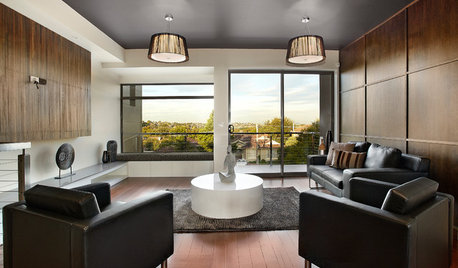
COLOR11 Reasons to Paint Your Ceiling Black
Mask flaws, trick the eye, create drama ... a black ceiling solves a host of design dilemmas while looking smashing
Full Story
ECLECTIC HOMESMy Houzz: Dreamy, Organic Style in a Tampa Cottage
Plentiful white paint and timeworn treasures create a light and natural feel in a 1940 Florida home
Full Story
LIGHTINGThe Lowdown on High-Efficiency LED Lighting
Learn about LED tapes, ropes, pucks and more to create a flexible and energy-efficient lighting design that looks great
Full Story








scottys
Ron Natalie
Related Professionals
Erie General Contractors · Leon Valley General Contractors · Marietta General Contractors · Mount Vernon General Contractors · Pacifica General Contractors · Palestine General Contractors · Park Forest General Contractors · Red Wing General Contractors · Shaker Heights General Contractors · Sterling General Contractors · West Lafayette General Contractors · Coachella Solar Energy Systems · Oakland Solar Energy Systems · Easton Solar Energy Systems · Wellesley Home Automation & Home Medianormel
hrajotte
HU-925747223